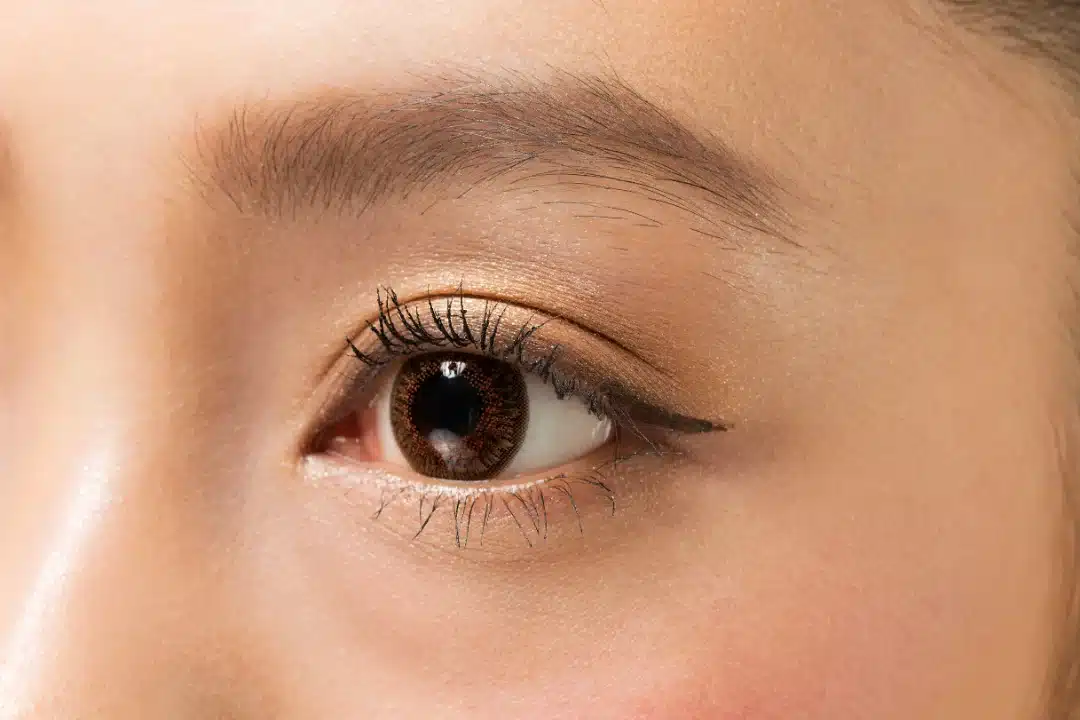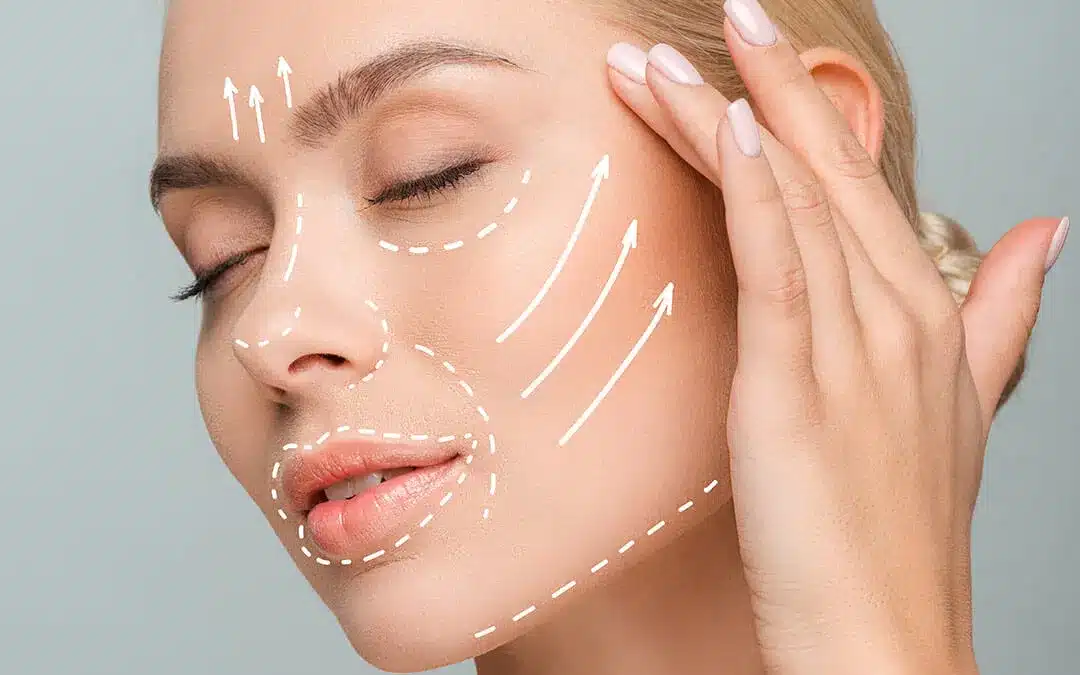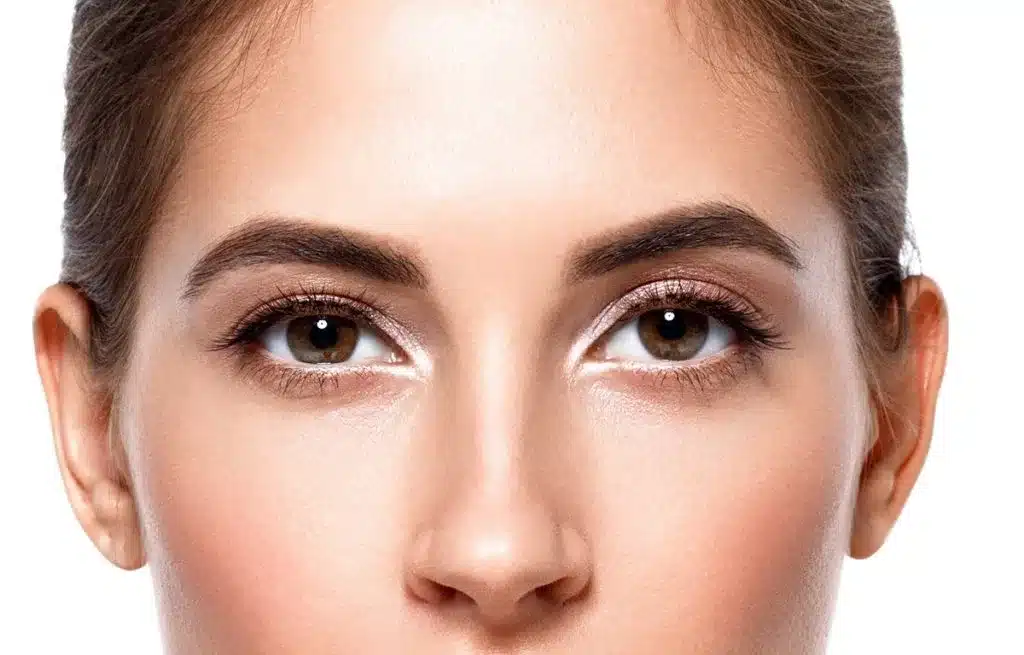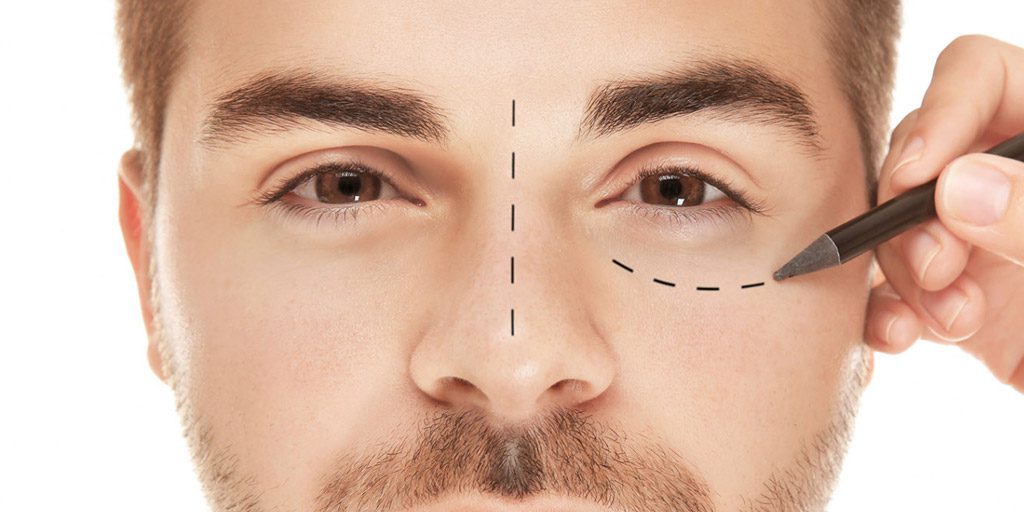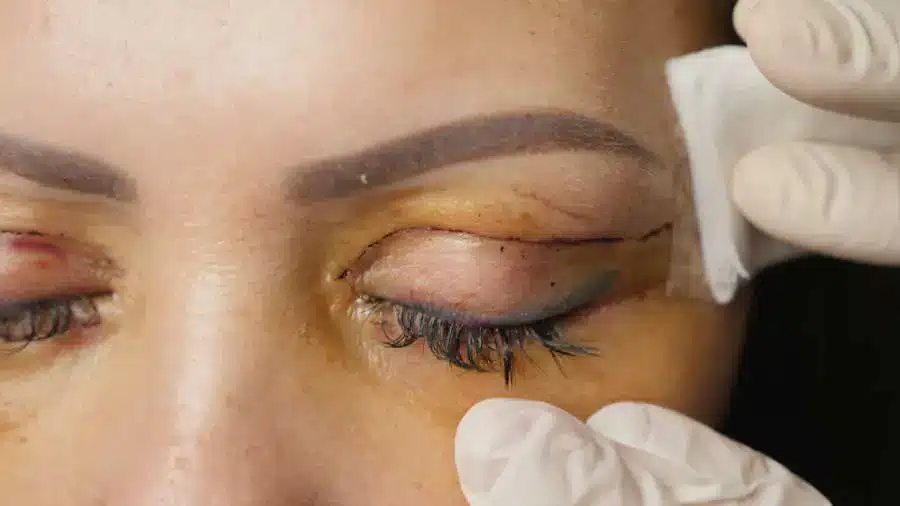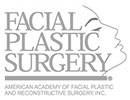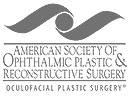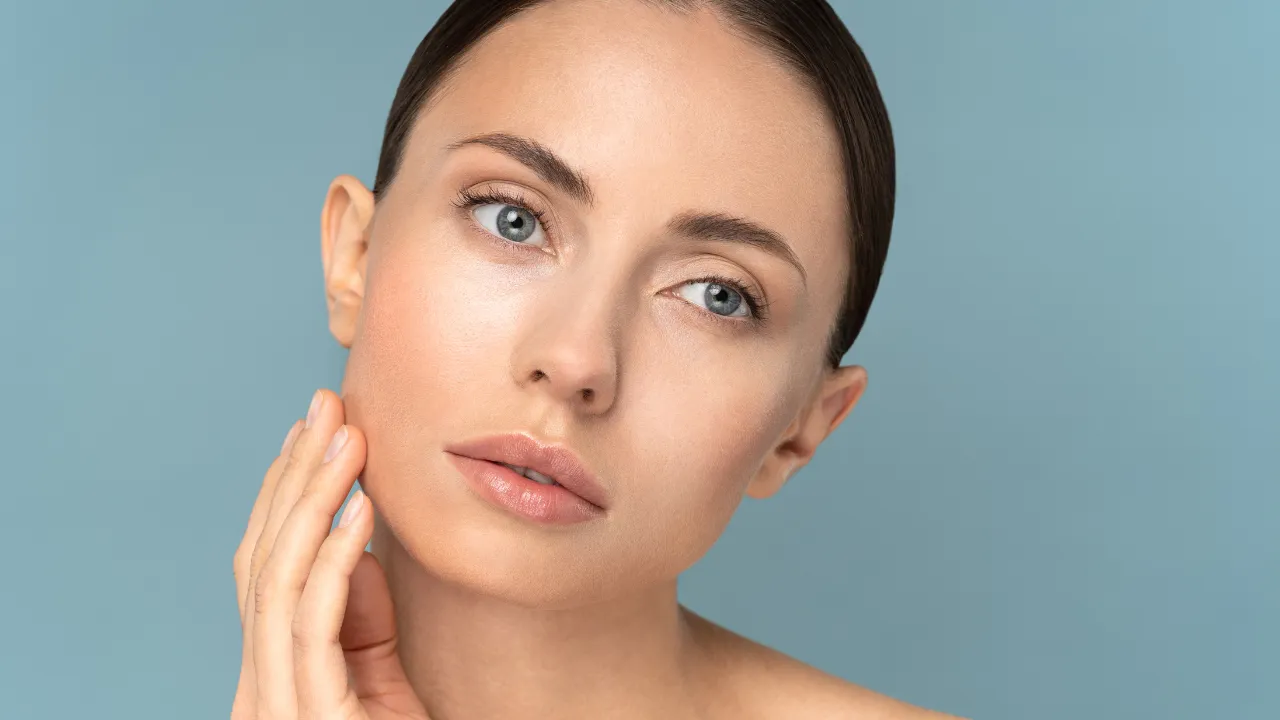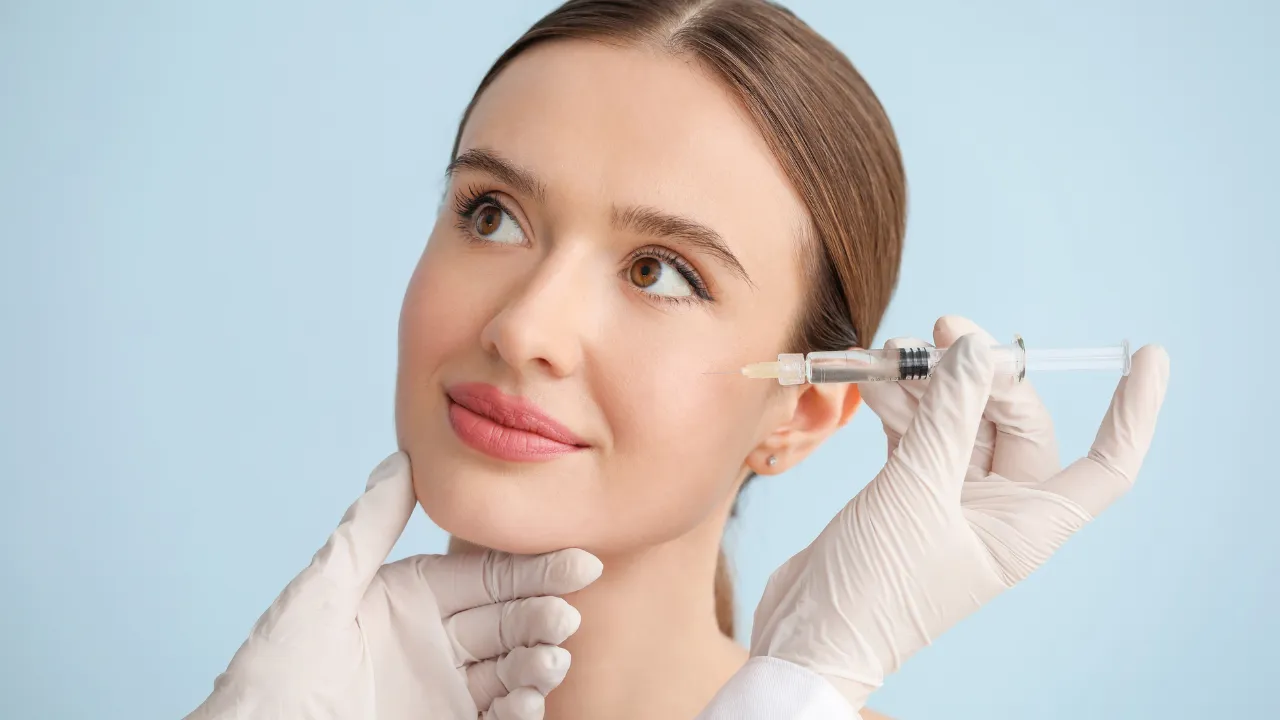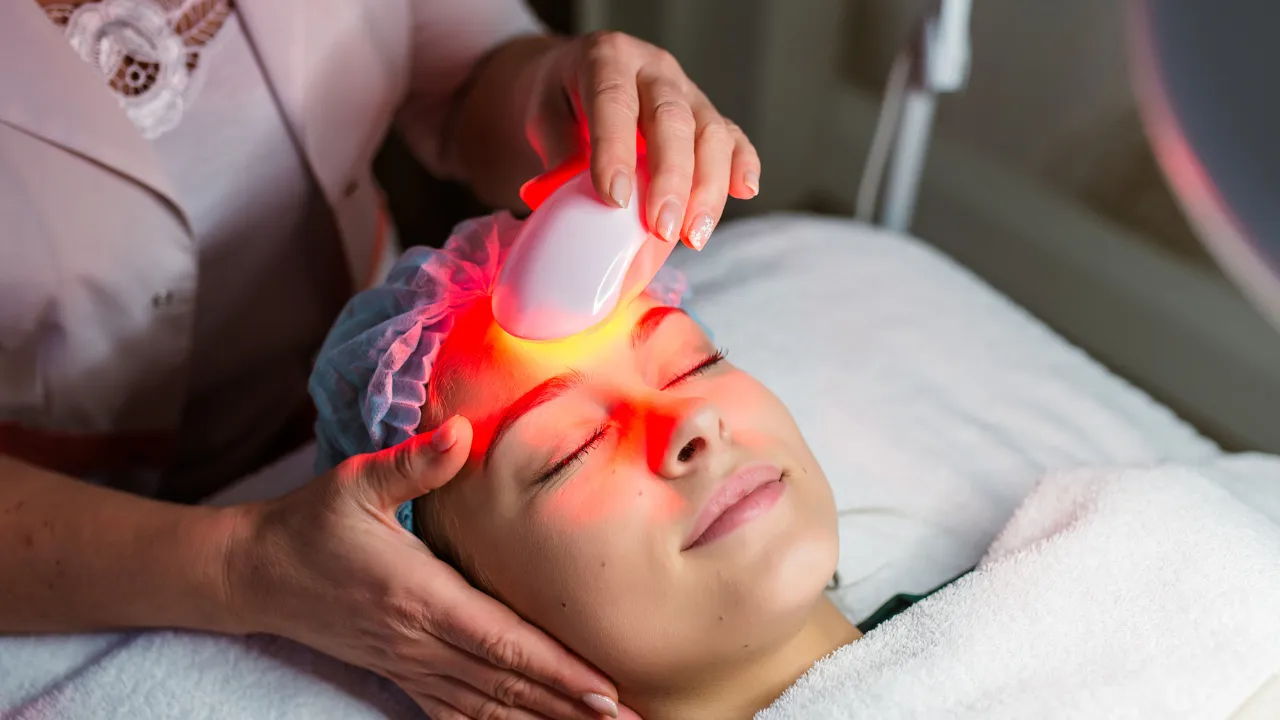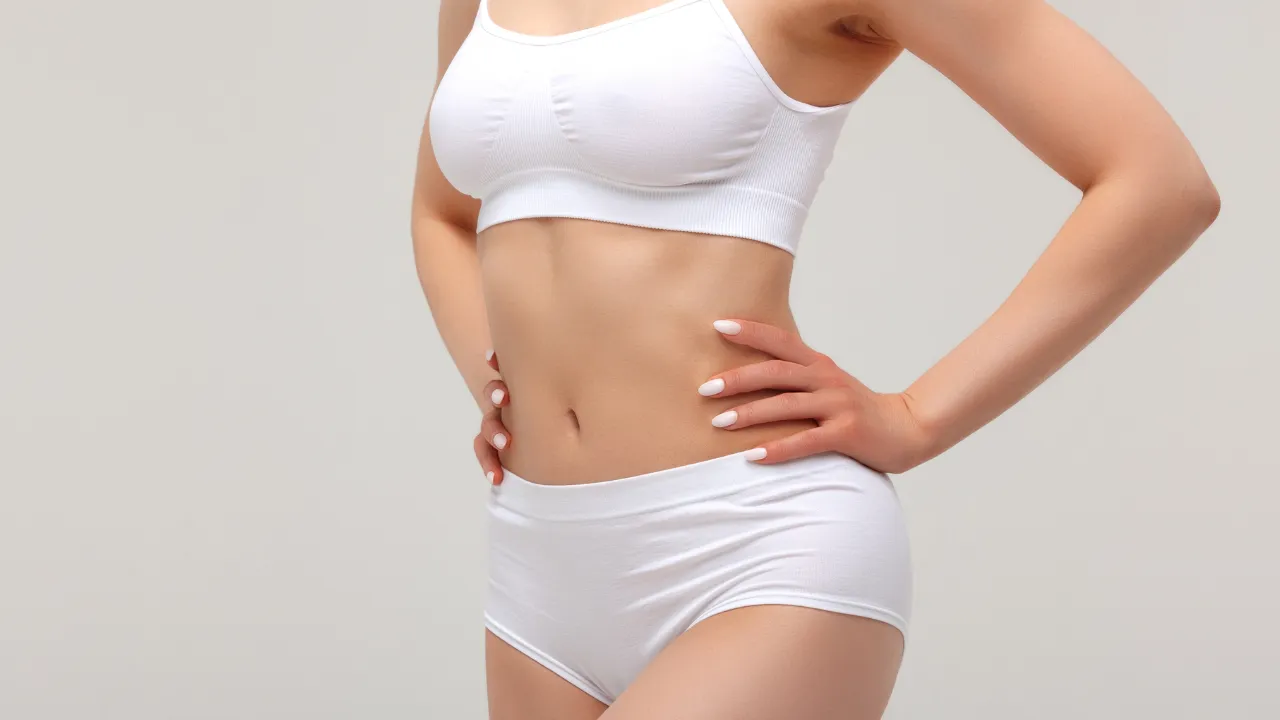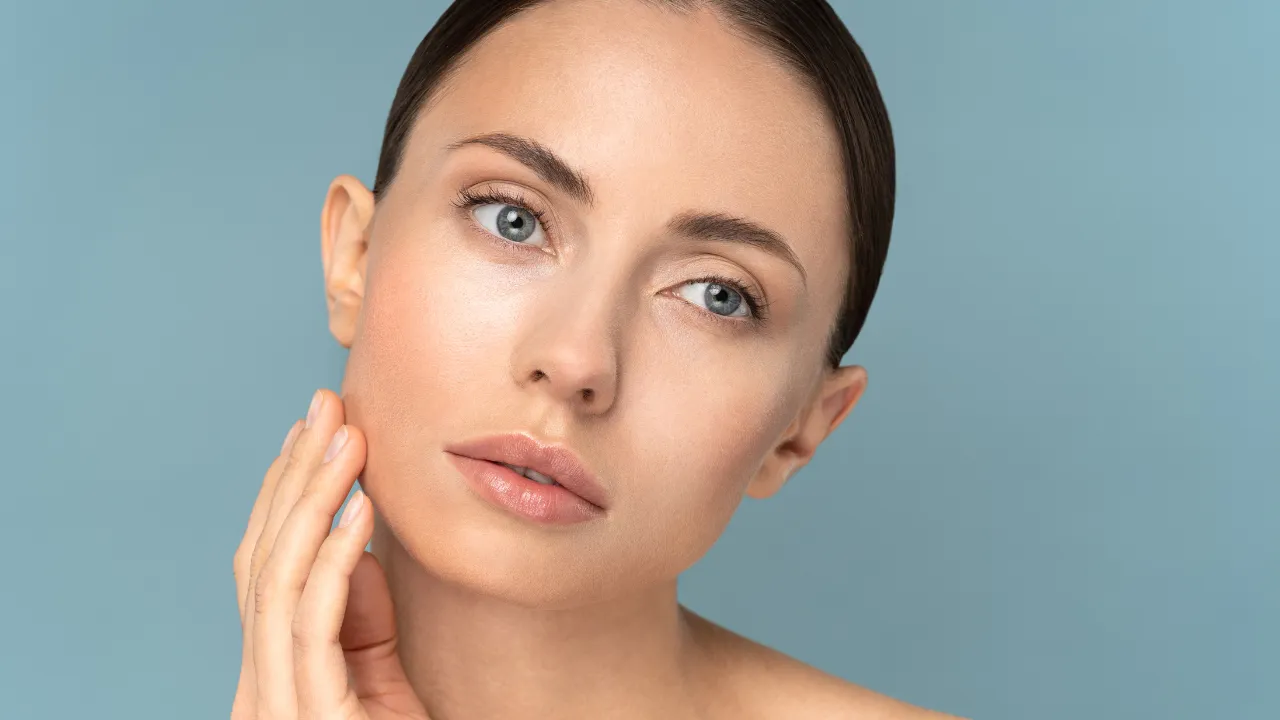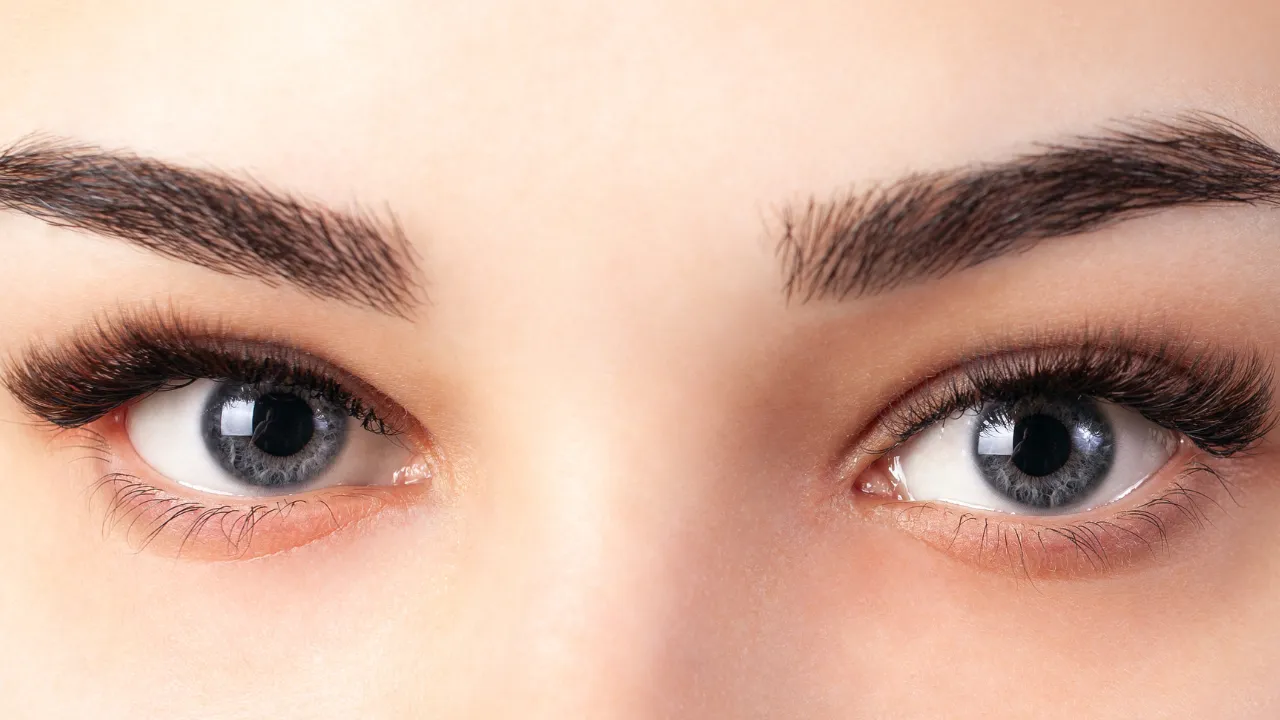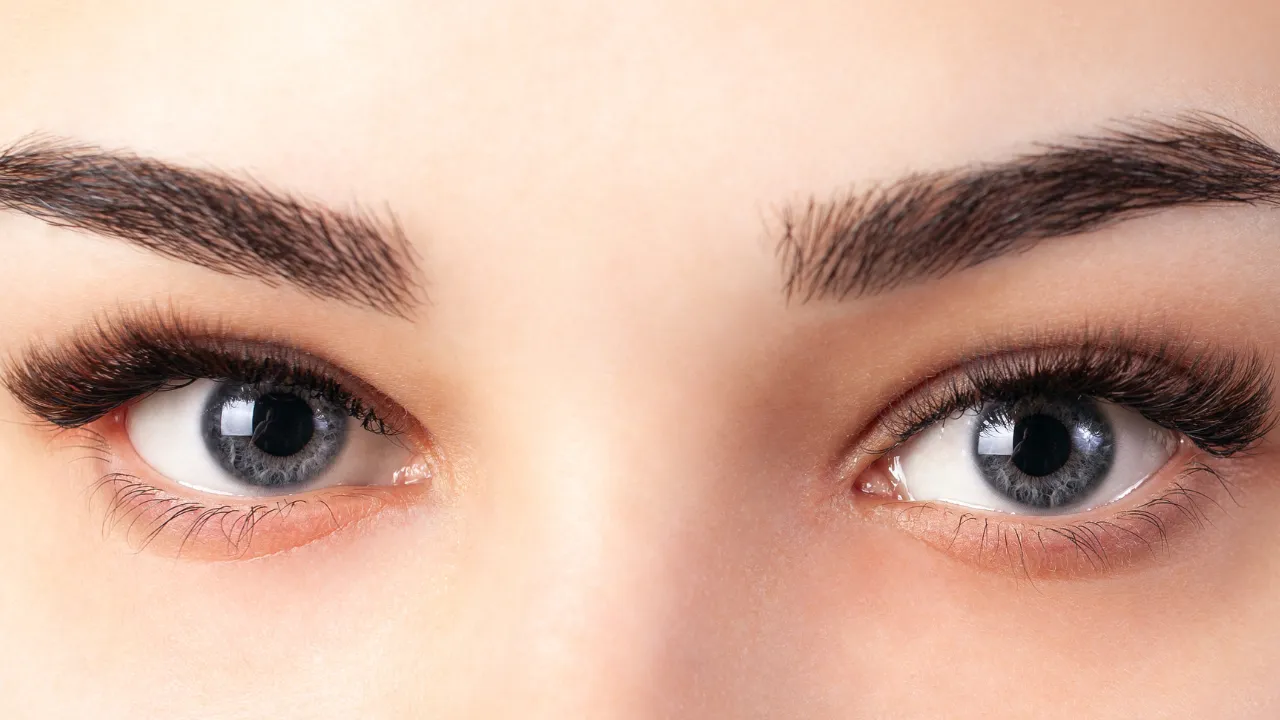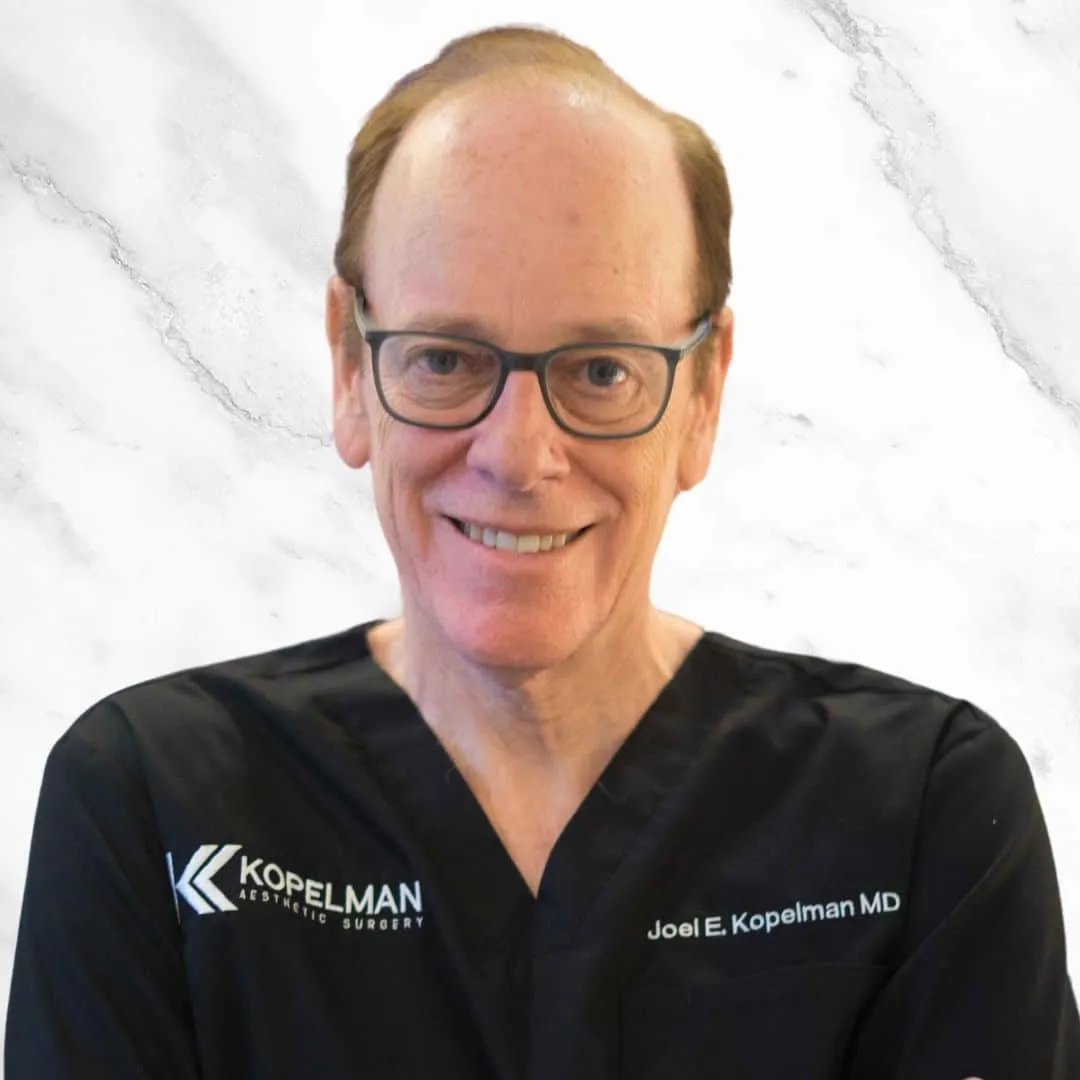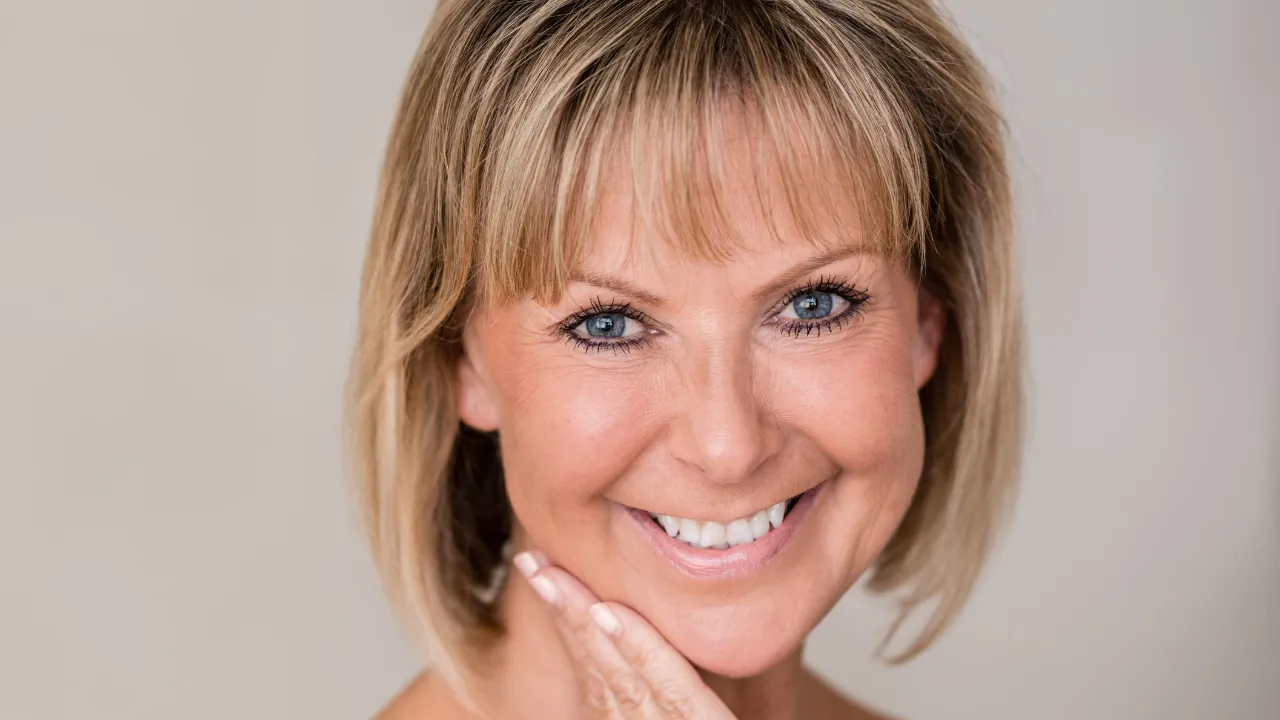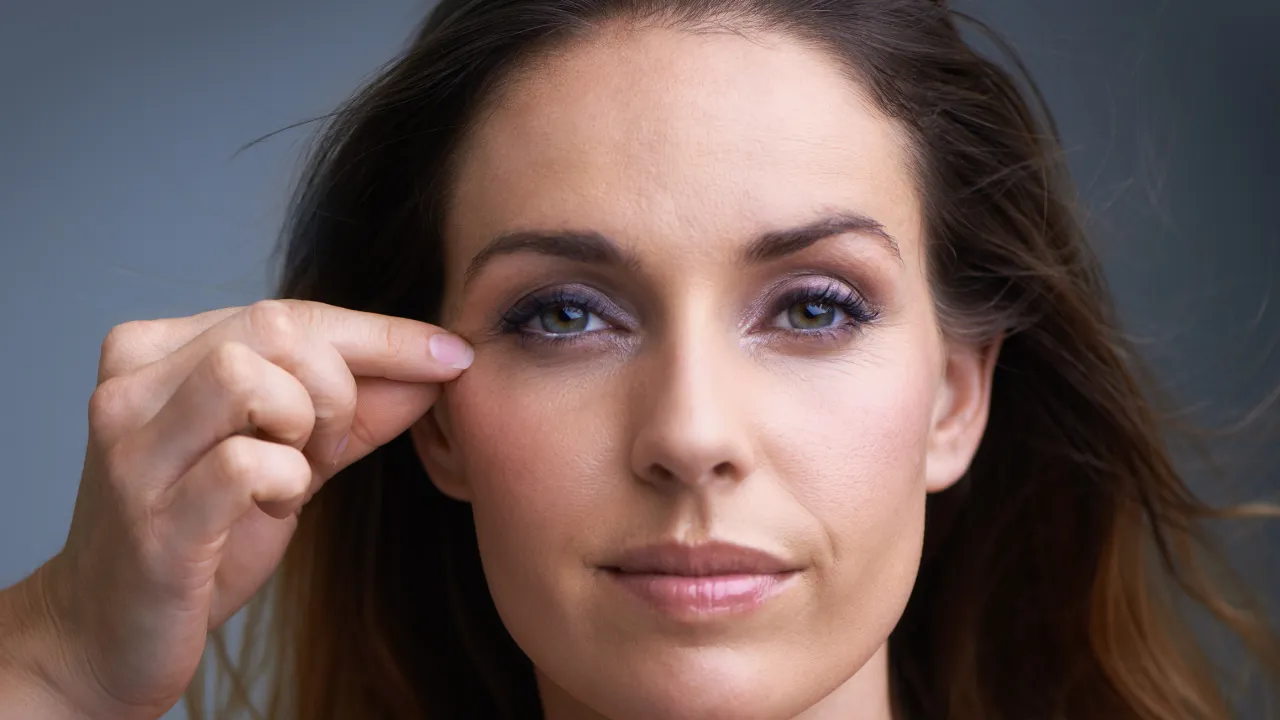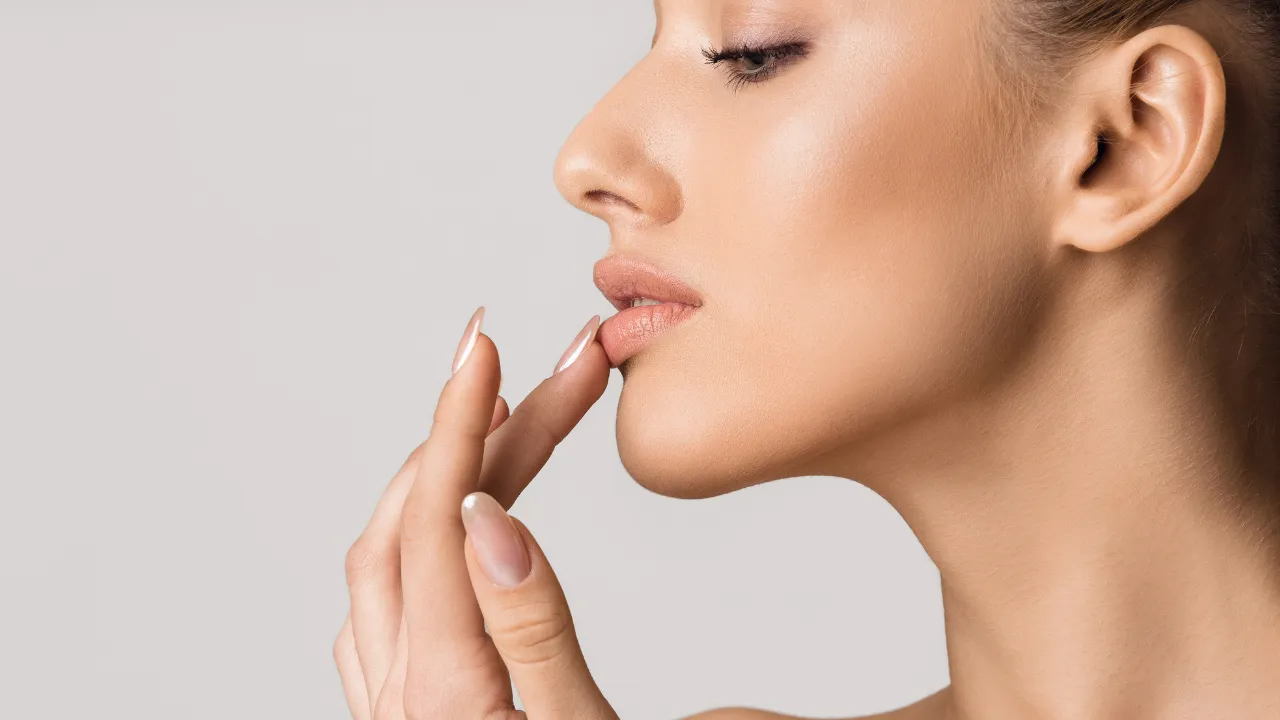A double fold eyelid refers to a visible crease that runs across the upper eyelid, creating a defined contour that enhances eye shape and expression. This feature is common in many individuals but varies across ethnicities and genetics.
At Kopelman Aesthetic Surgery, Dr. Joel E. Kopelman offers expert guidance and treatment options tailored to patients seeking natural-looking eyelid enhancement.
Table of Contents
ToggleUnderstanding Eyelid Anatomy and Types
Understanding the structure of your eyelids is the first step in determining the most suitable treatment or enhancement. Eyelid anatomy varies significantly between individuals, influencing both function and appearance.
Double eyelids have a defined crease that forms a visible fold when the eyes are open. In contrast, monolids lack a crease, resulting in a smooth upper eyelid surface. This difference is due to how the eyelid skin attaches to underlying muscle and fat.
The most common eyelid types include:
- Double lidded eyelids: Feature a distinct crease.
- Monolids: Lack a visible crease, often referred to as monolid eyes.
- Hooded eyelids: The skin folds over the crease, partially hiding it.
An additional feature, the epicanthic fold, is a skin fold near the inner corner of the eye, often seen in individuals of East Asian descent.
This fold can influence how the double eyelid appears or whether it forms naturally. It’s also common in people of various Asian backgrounds and can affect overall eyelid shape.
Monolids vs Double Eyelids
Comparing monolids and double eyelids clarifies the functional and aesthetic differences. This distinction also shapes how procedures like blepharoplasty are planned.
The debate between monolid vs double lid often centers around aesthetic preferences and cultural standards. Structurally, double eyelids create the illusion of larger, more open eyes, while monolids present a smoother upper eyelid.
Some societies associate double eyelids with enhanced attractiveness due to their eye-opening effect. Many individuals seek ways to make their eyes appear larger using either non-surgical or surgical techniques.
Beauty standards vary widely, and both eyelid types are healthy variations in facial anatomy. These differences are often influenced by brow bones, skin elasticity, and other facial features. People with double eyelids often find it easier to apply eye makeup, while those with lidded eyes may require different styling techniques.
Aesthetic Views and Perception
Perceptions of beauty are shaped by cultural norms, and eyelid shape is often part of these ideals. Exploring how double eyelids are viewed globally helps contextualize treatment decisions.
Many people consider double eyelids attractive due to the way they emphasize the eyes and enhance facial symmetry. This perception has led to an increased interest in both surgical and non-surgical enhancements.
Double eyelids are common in individuals of European and South Asian descent but less common in people of Asian descent. The presence or absence of an upper eyelid crease depends on genetic factors and is not an abnormality.
Creases and Eyelid Variations
Eyelids can develop different crease patterns over time or due to genetics. Some people experience multiple creases, which may affect both appearance and function.
Some individuals develop more than one visible crease, a condition known as double crease eyelid. This can occur naturally with age or result from skin laxity or muscle tone changes. Others may experience a triple eyelid, where a second fold forms above the natural crease, often due to aging or fatigue.
These variations are typically harmless but can cause cosmetic concerns or makeup application challenges. Understanding these differences can help patients decide whether a correction or enhancement is necessary.
Enhancing or Creating a Double Eyelid
Not everyone is born with a visible eyelid crease, but several methods exist to create or enhance one. Non-surgical approaches are often the first step for those exploring their options.
For those without a natural crease, several non-surgical options can temporarily create a double fold. These include:
- Double fold eyelid tape: Adhesive strips applied to the eyelid to form a crease.
- Eyelid glue: A liquid adhesive that holds a fold in place.
- Makeup techniques: Contouring or shadow placement to simulate a crease.
These methods are affordable and non-invasive but provide temporary results. They help individuals experiment with different looks before considering permanent procedures.
Surgical Solutions and Corrections
For longer-lasting results, surgical options may be considered. Eyelid surgery can create or refine a crease and correct asymmetries with precision.
When a long-lasting or more defined crease is desired, double fold eyelid surgery (a form of blepharoplasty) may be considered. This procedure reshapes the upper eyelid to form a permanent fold. Dr. Joel E. Kopelman specializes in eyelid surgery, providing patients with results that align with their natural features.
There are two primary techniques:
- Incisional method: Involves making a small incision to remove excess skin or fat and create a crease.
- Non-incisional method: Uses sutures to form a fold without cutting the skin.
In cases of double fold eyelid asymmetry, where one eye has a crease and the other doesn’t (or where folds differ in height), surgery can help balance the eyelids.
As with all forms of plastic surgery, patients should understand the risks, benefits, and recovery process before committing to a procedure. Those interested in eyelid enhancement among Asian patients may consider Asian blepharoplasty, a specialized form of surgery that preserves ethnic identity while creating a defined crease.
Evaluation and Recovery
Proper evaluation ensures the chosen treatment matches the individual’s anatomy and goals. Recovery plays a crucial role in the final outcome of any eyelid procedure.
Before pursuing treatment, it’s important to understand your eyelid type. This includes assessing the presence of a crease, its height, and whether the skin is hooded or influenced by an epicanthic fold.
Consulting with a board-certified expert ensures that your goals align with what’s medically appropriate. At Kopelman Aesthetic Surgery, patients receive personalized evaluations to determine the best approach.
Recovery from double eyelid surgery usually involves:
- Mild swelling and bruising for the first week.
- Stitches removed within 5–7 days (if applicable).
- A return to most normal activities within 10–14 days.
Recovery times vary depending on the surgical method and the individual’s healing process. Most patients see improvement within two weeks, with full results visible after several months.
Results appear more refined over several weeks, offering a natural, balanced look.
Final Notes
Enhancing your eyelids can improve both appearance and confidence. Understanding the options allows individuals to make informed decisions based on anatomy, goals, and lifestyle.
Choosing whether to enhance or alter your eyelids is a personal decision influenced by anatomy, culture, and aesthetic goals. Whether you’re considering a double eye lid surgery or exploring temporary methods, understanding your options is key.
Dr. Kopelman’s decades of experience in oculoplastic surgery ensure that patients receive safe, tailored treatments designed to preserve natural beauty while meeting cosmetic goals.
If you’re exploring options for double eyelids, his expertise offers both artistry and precision you can trust. Schedule your consultation today to take the next step toward achieving your desired look.

